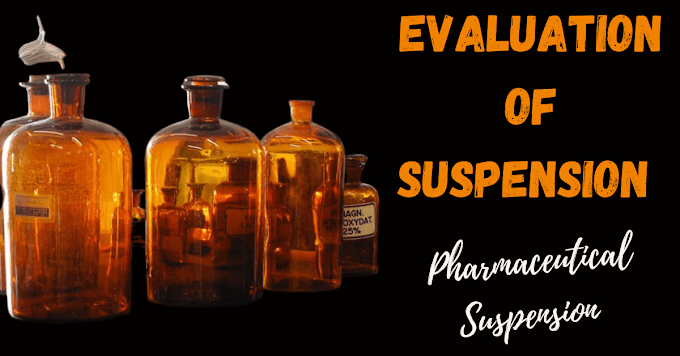Whether you're managing hypertension, checking your heart health, or just being proactive, these simple tips will help you get accurate blood pressure readings at home every single time.
Why Home BP Monitoring Matters
High blood pressure (also called hypertension) is often known as the "silent killer" because it usually shows no symptoms. That’s why regular monitoring is key, and doing it at home gives you more control. But if the readings are off, you might worry when you don’t need to, or worse, ignore a serious problem.That’s why mastering home BP monitoring is so important. Let’s break down how to get it right.
1: Always Rest Before Taking a Reading
This is one of the most frequent errors people make. If you just walked around, climbed stairs, or are feeling stressed, your blood pressure will be naturally higher.What to do:
- Spend at least five minutes sitting calmly before taking your blood pressure.
- Avoid talking, scrolling your phone, or doing anything that increases tension.
- Sit upright on a back-supporting chair with your feet flat on the floor.
2: Use the Right Cuff Size — Not Too Tight, Not Too Loose
Using the wrong cuff size is a major reason for inaccurate home BP readings. If it’s too tight, your pressure may read too high. If too loose, it may read too low.What to do:
- Measure your upper arm and check the cuff size chart on your monitor.
- Most adults need a medium cuff (9–13 inches) or a large cuff (13–17 inches).
- Make sure it wraps snugly but comfortably.
3: Check BP at the Same Time Every Day
Blood pressure naturally fluctuates during the day. To track patterns correctly, consistency is key.What to do:
- Blood pressure should be checked every day at the same time, mainly before breakfast in the morning and before dinner in the evening as well.
- Don’t compare a morning reading one day with an evening reading the next.
4: Avoid Taking BP Over Clothes
You might think a thin sleeve doesn’t matter, but it does. Even light fabric can affect your results.What to do:
- Always roll up your sleeves or wear short sleeves.
- Place the cuff directly on your skin, about an inch above the elbow crease.
5: Position Your Arm Properly
Hold your arm at heart level to avoid inaccurate readings. Too high or too low can lead to misleading results.
What to do:
- Rest your arm on a table with a pillow or towel underneath.
- The cuff should be at the level of your heart and should not fall down.
6: Take Two Readings, Not One
Your blood pressure can jump due to nerves, movement, or errors. One reading isn’t enough to know what’s really going on.What to do:
- Take two readings, 1 minute apart.
- If they’re close, average them. Otherwise, choose a third and average the previous two.
7: Keep a BP Log or Use an App
Tracking your readings helps spot patterns and trends. This is especially helpful for your doctor.What to do:
- Take note of your sensations, the time, the date, and your blood pressure's systolic and diastolic readings.
- Many free BP apps now let you log readings and share them digitally with your doctor.
8: Know What Your Numbers Mean
Understanding your readings helps you respond better. Normal, elevated, or high, each tells a story.Blood pressure ranges:
- Normal: Below 120/80 mmHg
- Elevated: 120–129 systolic and <80 diastolic
- Stage 1 Hypertension: 130–139 systolic or 80–89 diastolic
- Stage 2 Hypertension: 140+/90+ mmHg
9: Use a Validated Monitor
Not all monitors are created equal. Some cheaper devices may give false readings.What to do:
- When selecting a clinically validated blood pressure monitor, look for "validated by AAMI or BHS."
- Brands like Omron, Withings, or Beurer often perform well in tests.
- Avoid wrist monitors unless necessary; upper arm monitors are more reliable.
10: Calibrate Your Monitor Every Year
Even the best monitors can drift over time. Regular calibration ensures lasting accuracy.
What to do:
- Bring your device to a clinic or pharmacy to compare it with a manual reading.
- Replace or recalibrate your monitor every 1–2 years.
Bonus Hack: Reduce "White Coat Syndrome" at Home
Believe it or not, some people still feel nervous when checking their BP at home; this is called white coat syndrome. It can falsely raise your numbers.What to do:
- Practice deep breathing or 5-minute meditation before checking.
- Turn off distractions and make it part of your calming daily routine.
Conclusion: Take Control with These Simple Home BP Monitoring Hacks
If blood pressure is taken properly, it literally can save your life. By following these home BP monitoring hacks, you’ll ensure your numbers are real and reliable.From resting beforehand to using the right cuff size, small habits make a big difference. Home BP monitoring doesn’t have to be confusing or stressful, just a consistent part of your wellness routine. Take control of your heart health today, one accurate reading at a time.







.png)
0 Comments